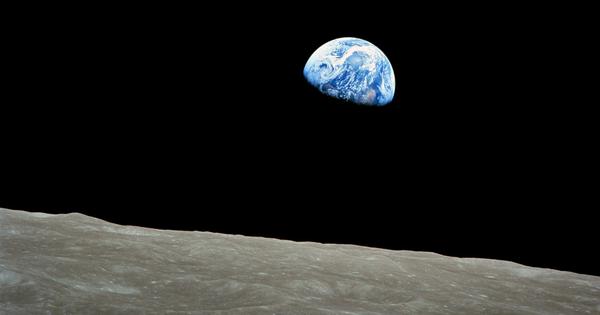When we look out at the Solar System, we see objects of all sizes – from tiny grains of dust, to giant planets and the Sun. A common theme among those objects is the big ones are (more or less) round, while the small ones are irregular. But why?
Gravity is the key
The answer to why the bigger objects are round boils down to the influence of gravity. An object’s gravitational pull will always point towards the centre of its mass. The bigger something is, the more massive it is, and the larger its gravitational pull.
For solid objects, that force is opposed by the strength of the object itself. For instance, the downward force you experience due to Earth’s gravity does not pull you into the centre of the Earth. That is because the ground pushes back up at you; it has too much strength to let you sink through…
